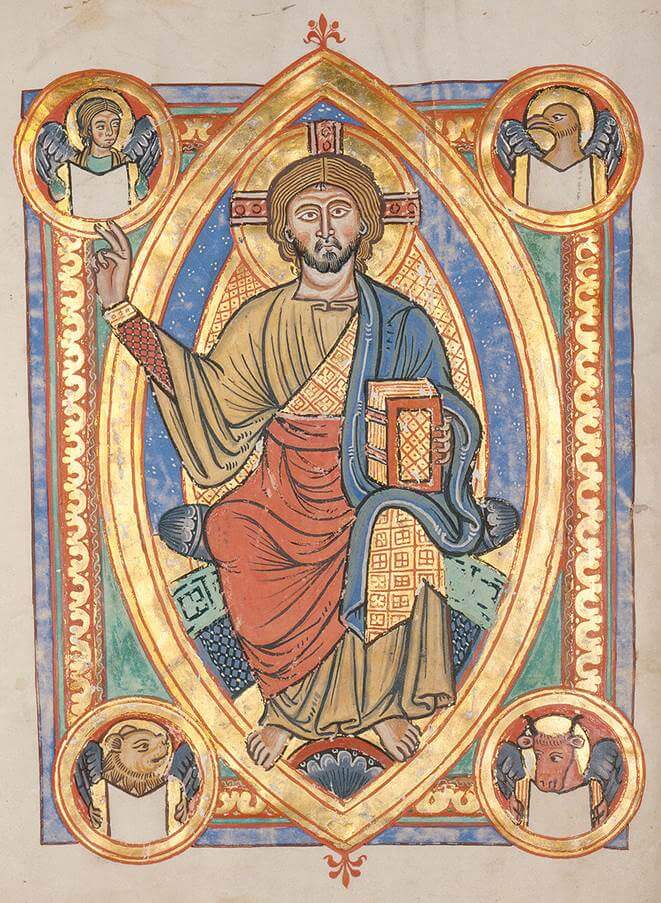The Fish Bladder
“Simon Peter went vp, & drewe the net to land full of great fishes, an hundred and fiftie and three: and for all there were so many, yet was not the net broken.”
John 21:11
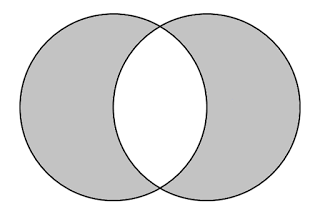
Figure 1 – The Vesica Piscis (Bladder of a fish)
In John 21:11, the 153 fish Peter caught is a possible mathematical reference to a geometric construction called the vesica piscis, which is Latin for “bladder of a fish.” The vesica piscis is the shape formed by the intersection of two overlapping circles of equal diameter. The perimeter of one circle passes directly through the center of the other circle, creating a fish-like segment in the center, shown in Figure 1. The ratio of the height to the width of the vesica piscis is the square root of three (√(3)). The ratio 265/153 is the smallest whole numbers that accurately approximate the square root of three. Figure 2 illustrates the relationship between 153 and the vesica piscis.
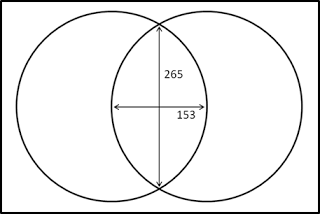
Figure 2 – 153 and the Vesica Piscis
Following the reference to 153 in verse 11, the number three is mentioned twice in verses 14-17. This could be a veiled reference to the square root of three. In the 1611 King James Bible, there are 265 characters from “an hundred and fiftie and three” in verse 11 to “third time” in verse 14, including the verse numbers in the character count. The number 265 combined with 153 and the number 3, offers further confirmation that the vesica piscis is the intended interpretation of these verses.
- Simon Peter went vp, & drewe the net to land full of great fishes, an hundred and fiftie and three: and for all there were so many, yet was not the net broken.
- Iesus saith vnto them, Come, and dine. And none of the disciples durst aske him, Who art thou? knowing that it was the Lord.
- Iesus then commeth, and taketh bread, and giueth them, and fish likewise.
- This is nowe the third time that Iesus shewed himselfe to his disciples, after that hee was risen from the dead.
- So when they had dined, Iesus saith to Simon Peter, Simon, sonne of Ionas, louest thou mee more then these? He saith vnto him, Yea, Lord, thou knowest that I loue thee. He saith vnto him, Feed my lambes..
- He saith to him againe the second time, Simon sonne of Ionas, louest thou me? He saith vnto him, Yea Lord, thou knowest that I loue thee. He saith vnto him, Feed my sheepe.
- He said vnto him the third time, Simon sonne of Ionas, louest thou mee? Peter was grieued, because hee saide vnto him the third time, Louest thou me? And he said vnto him, Lord, thou knowest all things, thou knowest that I loue thee. Iesus sayth vnto him, Feed my sheepe.
Figure 3 shows the fish symbol traditionally associated with Christianity. The symbol is a version of the vesica piscis. The symbol of the fish represents Jesus Christ, and was used by early Christians as a means to recognize fellow believers. A vesica piscis shaped aureola called the mandorla was used extensively in early Christian art, often surrounding images of Jesus or Mary. It represents the majesty of Christ. Figure 4 shows an image of Jesus surrounded by a golden mandorla, taken from a Romanesque manuscript called “The Gospel Book.”
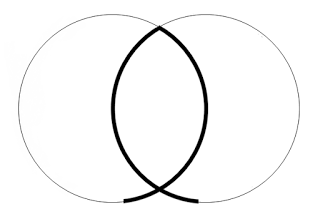
Figure 3 – The Christian fish symbol is a subset of the Vesica Piscis
The vesica piscis can also symbolize the womb of Mary, who gave birth to Jesus Christ. Washington, DC was created from land donated by two states, Virginia and Maryland, which can be viewed as the Virgin Mary. If Washington, DC represents the Virgin Mary, then the next step would be to find the womb of Mary, or the vesica piscis, and then Jesus in the womb. An aerial view of the Washington Monument reveals the vesica piscis with the monument at the center in Figure 5. The Washington Monument will play a critical role in locating the Templar treasure.
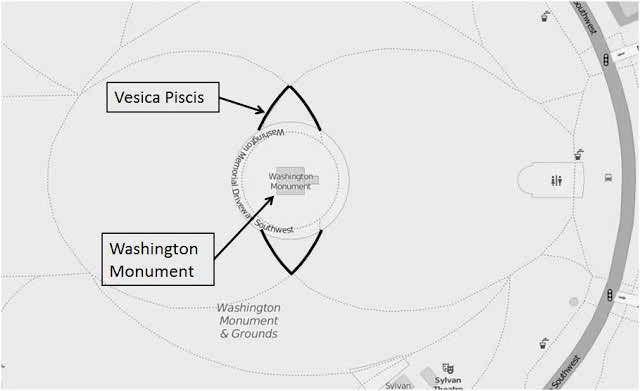
Figure 5 – Washington Monument at the center of a vesica piscis (© openstreetmap.org)
A satellite image of the Washinton Monument with the Mandorla clearly formed by the sidewalks is shown in Figure 6.
Figure 6 – Satellite view of the Washington Monument Mandorla

